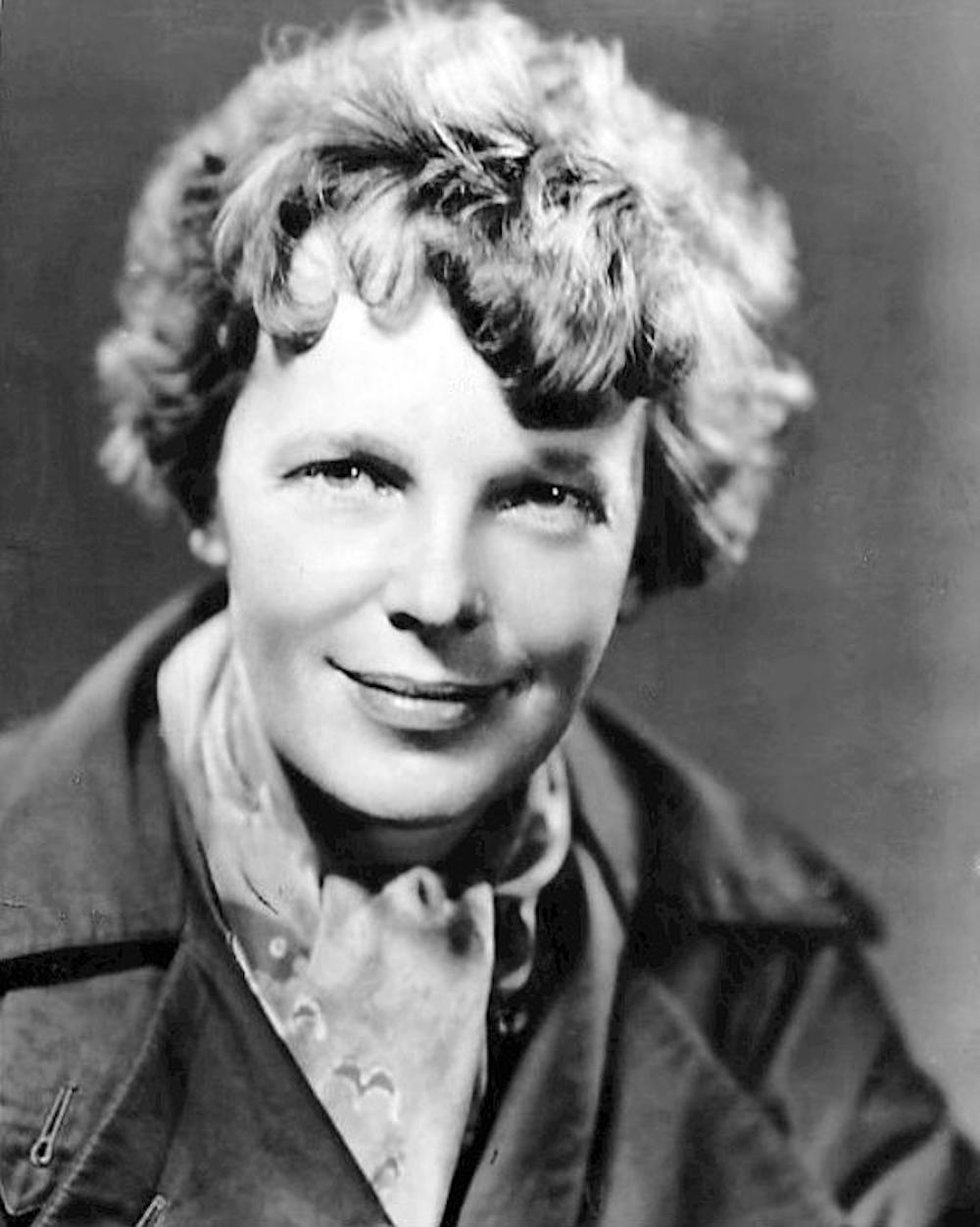A recent study done in collaboration with the International Group for Historic Aircraft Recovery and published in Forensic Anthropology stated that skeletal remains found on Nikumaroro Island in 1940 are likely to be the bones of Amelia Earhart.
Earhart was the first female to fly solo across the Atlantic Ocean. Earhart set many flying records and was an inspiration to women in aviation. Earhart and her navigator Fred Noonan disappeared on July 2, 1937 during their attempt to make a circumnavigational flight of the globe.
The pair were suspected to disappear over the central Pacific Ocean near Howland Island. At the time, President Franklin D. Roosevelt approved a two-week search for Earhart and Noonan, but two weeks later, on July 19, 1937, Earhart and Noonan were declared lost.
Researchers and scholars have posed multiple theories for Earhart’s disappearance. Some believe that Earhart faked her death to get away from the fame. Others believe that she crashed into the Pacific Ocean or on a nearby island.
In 1940, skeletal remains were found on Nikumaroro Island, 350 miles away from Howland island. The remains were found with a women’s shoe, a sextant box designed to hold a Brandis Navy Surveying Sextant similar to the one Noonan used and a Benedictine bottle, which Earhart often carried on long flights.
At the time, these bones were studied by Dr. D.W. Hoodless of the Central Medical School in Fiji. Hoodless declared that these bones were not Earhart’s because they appeared to be male bones. However, recent evidence has shown that Hoodless’ sex determination for the bones may have been inaccurate.
University of Tennessee Knoxville Professor Emeritus of Anthropology and Director of the Forensic Anthropology Center Richard Jantz reevaluated these bones decades later and concluded that Hoodless had been incorrect about the sex of the remains.
Jantz studied the measurements of seven bone fragments using Fordisc, a computer program that can estimate the sex, ancestry and stature from few skeletal remains.
Jantz was a co-creator of the Fordisc program, which is now used internationally to study bones.
Jantz’s study states that Hoodless’ mistake may have been due to the lack of adequate technology during that decade.
“There are many examples of erroneous assessments by anthropologists of the period. We can agree that Hoodless may have done as well as most analysts of the time could have done, but this does not mean his analysis was correct,” the paper states.
Jantz also used photographs and historical data from Earhart’s seamstress to estimate the aviator’s bone lengths and compared them to the remains found on Nikumaroro island.
The modern techniques used by Jantz to study the bones has shown that the remains seem to fit the description of Earhart.
When Jantz began to study the bones, he did not jump to any conclusions and considered a wealth of other possibilities for the origin of the bones.
In particular, he considered that the bones may have belonged to the 11 men who had been killed at Nikumaroro in a 1929 ship wreck or that the bones belonged to a Pacific Islander.
However, the presence of the women’s shoe and American Sextant box found alongside the bones strongly swayed him to believe that the bones were Earhart’s.
“Until definitive evidence is presented that the remains are not those of Amelia Earhart, the most convincing argument is that they are her,” Jantz said, according to ScienceDaily.





